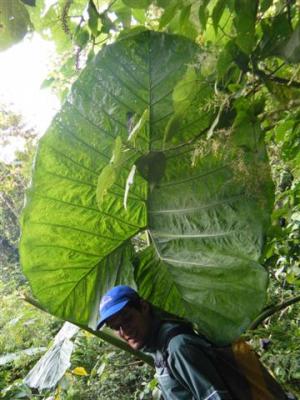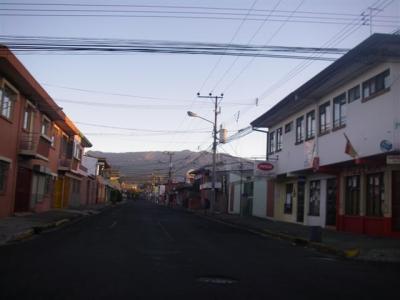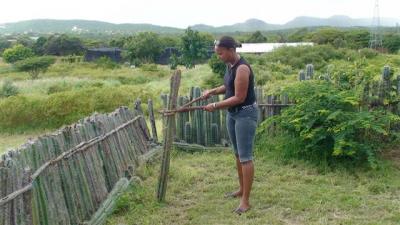The morning greeted us with soft sunlight filtering through the early morning mist and the songs of several kinds of birds. We opened the sliding glass doors, taking in the air scented with tropical flowers, the temperate climate, and the stunning landscape around us. It was absolutely perfect.
At 0730, we headed over to the little restaurant on the hotel grounds where we were served Gallo Pinto, the traditional Tico breakfast of two scrambled eggs accompanied with a big mound of rice and beans mixed together, a piece of cheese, and a piece of pan fried ripe plantain. Butterflies flitted about while we ate. It was almost surreal.
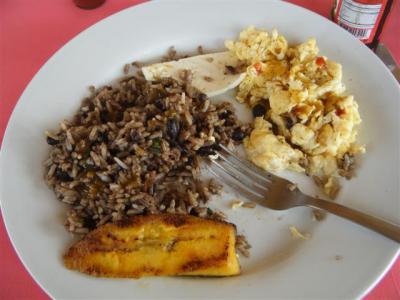
Yesterday, we booked a zip line canopy tour for this morning. At 0930, a van picked us up and took us to their facility on the slopes of the volcano just outside of downtown La Fortuna. We stepped off the bus onto a covered patio where several staff members were waiting with harnesses and leather gloves we were told were the brakes. The three of us were amongst the first to be strapped in, and we waited while everyone else in the rather large group was harnessed in.
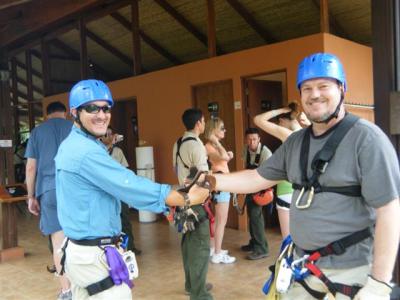
Then we were marched over to a little zip line set up just a few feet above the ground, basically two cables strung between two trees. A staff person demonstrated how to do it. Let the Continue reading

